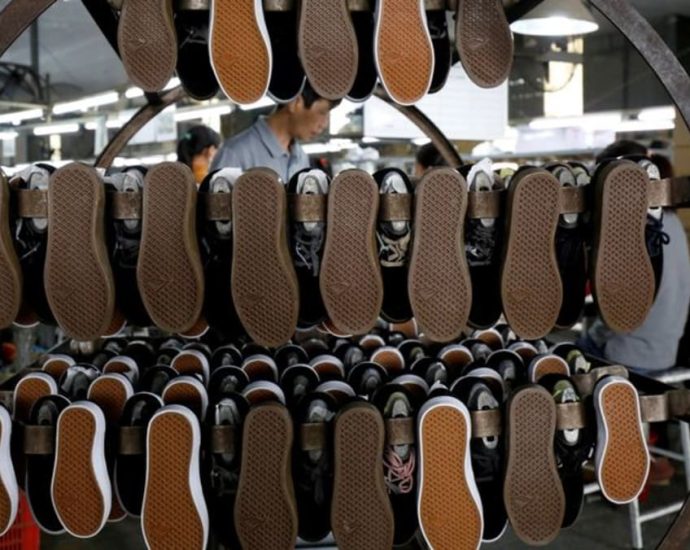Stocks retreat as US hits Nvidia chip export to China
Following the latest trade war volley between the world’s largest economy, the US government imposed restrictions on imports of a crucial Nvidia device to China, leading to a decline in the European and Asian stock markets on Wednesday ( April 16 ). Later on Tuesday, Nvidia informed regulators that aContinue Reading












